Teaching your dog to fetch is a great way to exercise them, improve their obedience, and strengthen your bond. While some dogs instinctively fetch, others may need a bit of guidance. With consistency, patience, and the right techniques, you can train your dog to fetch like a pro.
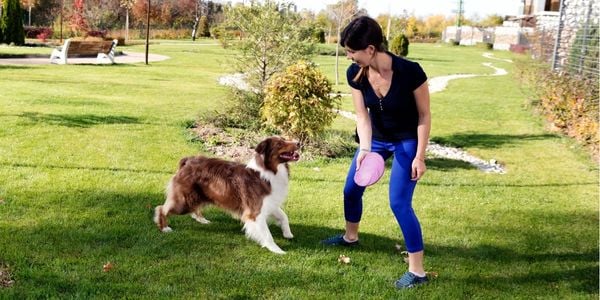
Start with the Right Toy
The first step is choosing a toy your dog enjoys. Some dogs prefer balls, while others may go for frisbees, tug ropes, or squeaky toys. Make sure it’s the right size and texture—safe to chew, easy to carry, and not too hard. Using a favorite toy helps keep your dog motivated and focused.
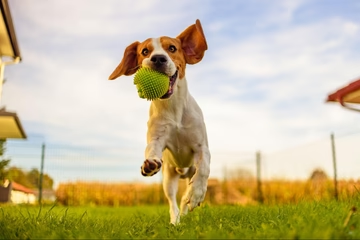
Build Toy Interest
Not all dogs are naturally interested in toys, so it’s important to build up enthusiasm. Wave the toy in front of your dog, use a squeaky sound, or even rub a bit of peanut butter on it to make it appealing. Reward your dog with praise or treats when they show interest, such as sniffing, licking, or biting the toy.
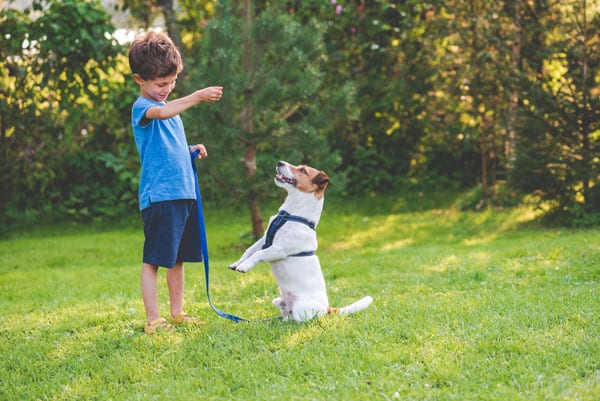
Teach “Take It” and “Come”
Once your dog is interested in the toy, encourage them to pick it up by saying “Take it.” As soon as they do, reward them. Then, move a short distance away and call your dog to you using the command “Come.” Use a happy, excited tone and reward them when they come with or without the toy. Repetition and encouragement are key.

Introduce “Drop It”
When your dog returns with the toy, use the command “Drop it.” If they don’t drop the toy right away, offer a treat in exchange. Most dogs will release the toy to get the reward. With time, they’ll learn to drop the toy without needing a treat every time.
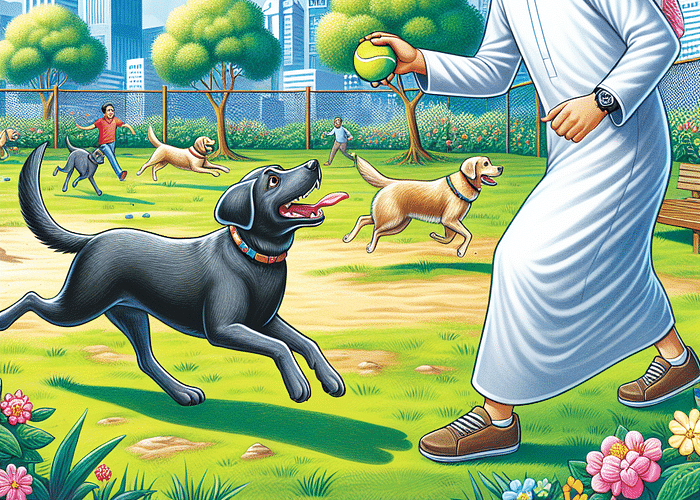
Practice Full Fetch Sequence
Now you can combine all the commands: Toss the toy and say “Fetch,” then “Come” as your dog picks it up, and “Drop it” when they return. Celebrate each successful sequence with excitement, treats, or a short play session. Keep initial throws short and increase distance gradually as your dog becomes more confident.
Keep Sessions Short and Positive
Training should be fun. Keep fetch sessions between 5–10 minutes and always end on a positive note. Overtraining can lead to frustration or boredom. If your dog seems distracted or tired, take a break and try again later.
Troubleshooting Tips
- If your dog chases the toy but doesn’t bring it back, try running away excitedly—many dogs will follow you with the toy.
- If they refuse to drop the toy, use a trade game: offer a treat or another toy.
- Practice in a quiet, enclosed area before moving to more distracting environments like parks.
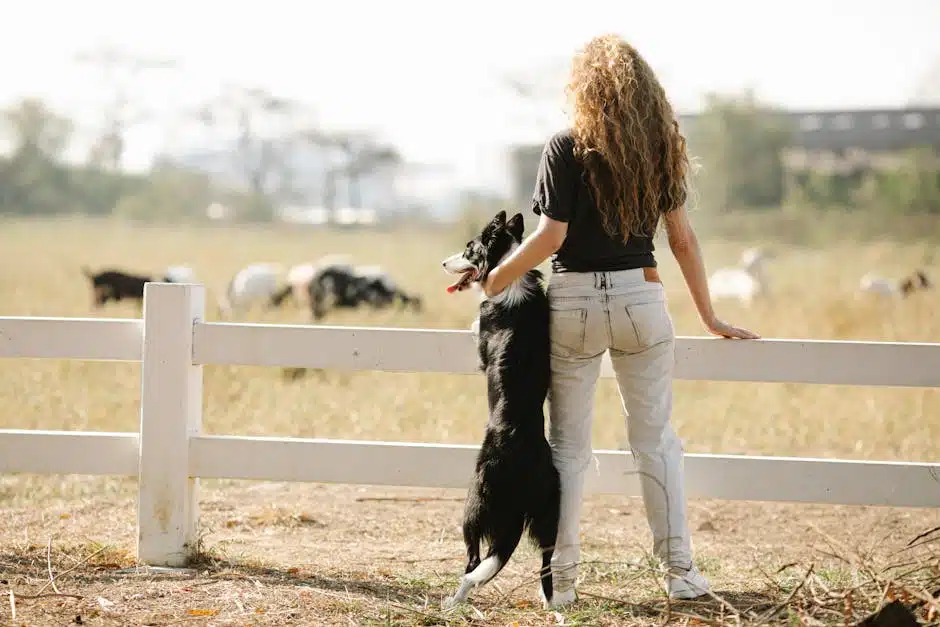
Final Thoughts
With patience, practice, and positive reinforcement, any dog can learn to fetch like a pro. It’s a great way to keep your dog active, mentally stimulated, and obedient. The key is to break the process into small, rewarding steps and make it a fun experience for your furry friend.










